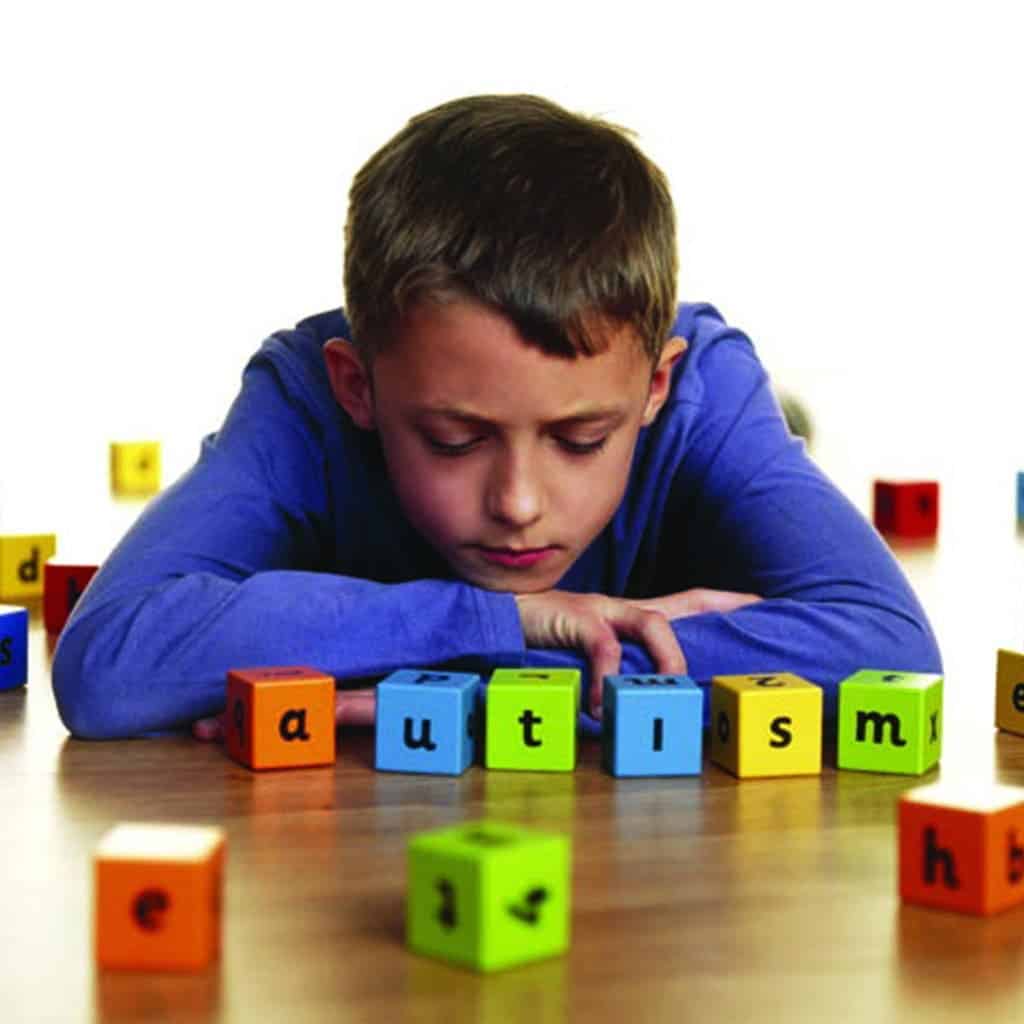Autism is truly one of the medical conditions we have extremely much to learn about – the only way it can be diagnosed is through behavior, and not by cause or mechanism. It would appear that lately, the number of autism cases have grown dramatically, but then again, maybe we’ve just gotten better at detecting it. Either way, nobody was expecting the bleak results published by the U.S. Centers for Disease Control and Prevention, which estimated that 1 in 88 children born in the US are autistic, and the number gets even more dramatic for boys: 1 in 54.
“This information paints a picture of the magnitude of the condition across our country and helps us understand how communities identify children with autism,” said Health and Human Services (HHS) Secretary Kathleen Sebelius. “That is why HHS and our entire administration has been working hard to improve the lives of people living with autism spectrum disorders and their families by improving research, support, and services.”
So what does this tell us about the development of autism? Not that much, sadly. But it does tell us we are on the right track on the path of understanding the condition and how we can work against it.
“One thing the data tells us with certainty — there are more children and families that need help,” said CDC Director Thomas Frieden, M.D., M.P.H. “We must continue to track autism spectrum disorders because this is the information communities need to guide improvements in services to help children.”
It’s obvious now that early, effective diagnosis is extremely important, because autism is a much more common problem than probably anyone believed.
“We are now seeing autism in more than 1 percent of the population, which highlights how challenging it will be for systems of care to meet service needs.”







